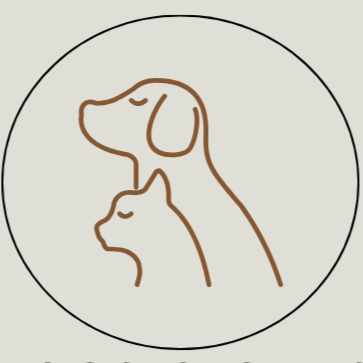Introduction:
Good nutrition is the cornerstone of your pet’s health, energy, and happiness. With countless options on the market, choosing the right food for your pet can feel overwhelming. In this blog post, we’ll break down the essentials of pet nutrition, covering what to look for in dog and cat food, how to interpret labels, and common dietary needs. At Dogs & Cats, we’re here to help you make informed decisions about your pet’s diet.
1. Understanding Nutritional Needs for Dogs and Cats
Dogs and cats have different nutritional needs. Dogs are omnivores, requiring a balanced diet that includes proteins, fats, carbohydrates, and certain vitamins. Cats, on the other hand, are obligate carnivores, needing high levels of protein and specific nutrients like taurine that are found only in animal-based proteins. At Dogs & Cats, we offer foods formulated to meet the unique needs of both species.
2. Reading Food Labels
Interpreting pet food labels is key to understanding what you’re feeding your pet. Ingredients are listed by weight, with the first few being the most prominent. Look for high-quality protein sources like chicken, beef, or fish as the primary ingredients. Avoid foods with too many fillers or artificial additives. Our store offers a range of pet foods with clear ingredient labels, making it easier to choose high-quality options.
3. Choosing Between Dry, Wet, and Raw Food
Each type of pet food has its benefits. Dry food is convenient and helps with dental health; wet food provides additional hydration, which is especially beneficial for cats; raw diets can offer fresh nutrients but need careful handling. The choice often depends on your pet’s preferences, dietary needs, and your lifestyle. At Dogs & Cats, you’ll find a selection of dry, wet, and freeze-dried raw options to suit different preferences.
4. Considering Age and Health Needs
A pet’s dietary needs change as they age. Puppies and kittens need nutrient-dense foods for growth, while adult pets require balanced maintenance formulas. Senior pets may benefit from foods that support joint health and digestion. Pets with health conditions, like allergies or digestive issues, may require specialized diets. We provide foods tailored for every life stage and dietary concern to ensure your pet’s health needs are met.
5. Portion Control and Treats
Portion control is essential to avoid overfeeding, which can lead to obesity and health issues. Follow the feeding guidelines on the food packaging and adjust based on your pet’s activity level and size. Treats are a great way to reward your pet, but they should make up only a small part of their daily intake. Dogs & Cats offers portion-controlled feeding tools and healthy, low-calorie treats for guilt-free rewards.
6. Monitoring Your Pet’s Health
The best way to gauge if a diet suits your pet is to monitor their health. A healthy pet should have a shiny coat, good energy levels, and a healthy weight. If you notice any changes in your pet’s appetite, weight, or stool, consult your vet, as it may indicate a dietary issue. We provide tools like weight scales and nutrition trackers to help you keep tabs on your pet’s health.
Conclusion:
Choosing the right food for your pet is a significant step toward giving them a long, healthy, and happy life. By understanding their unique nutritional needs and knowing what to look for in pet food, you’re setting them up for success. Visit Dogs & Cats for all your pet’s nutritional essentials, from premium foods to supplements, and make pet nutrition easy and stress-free.




